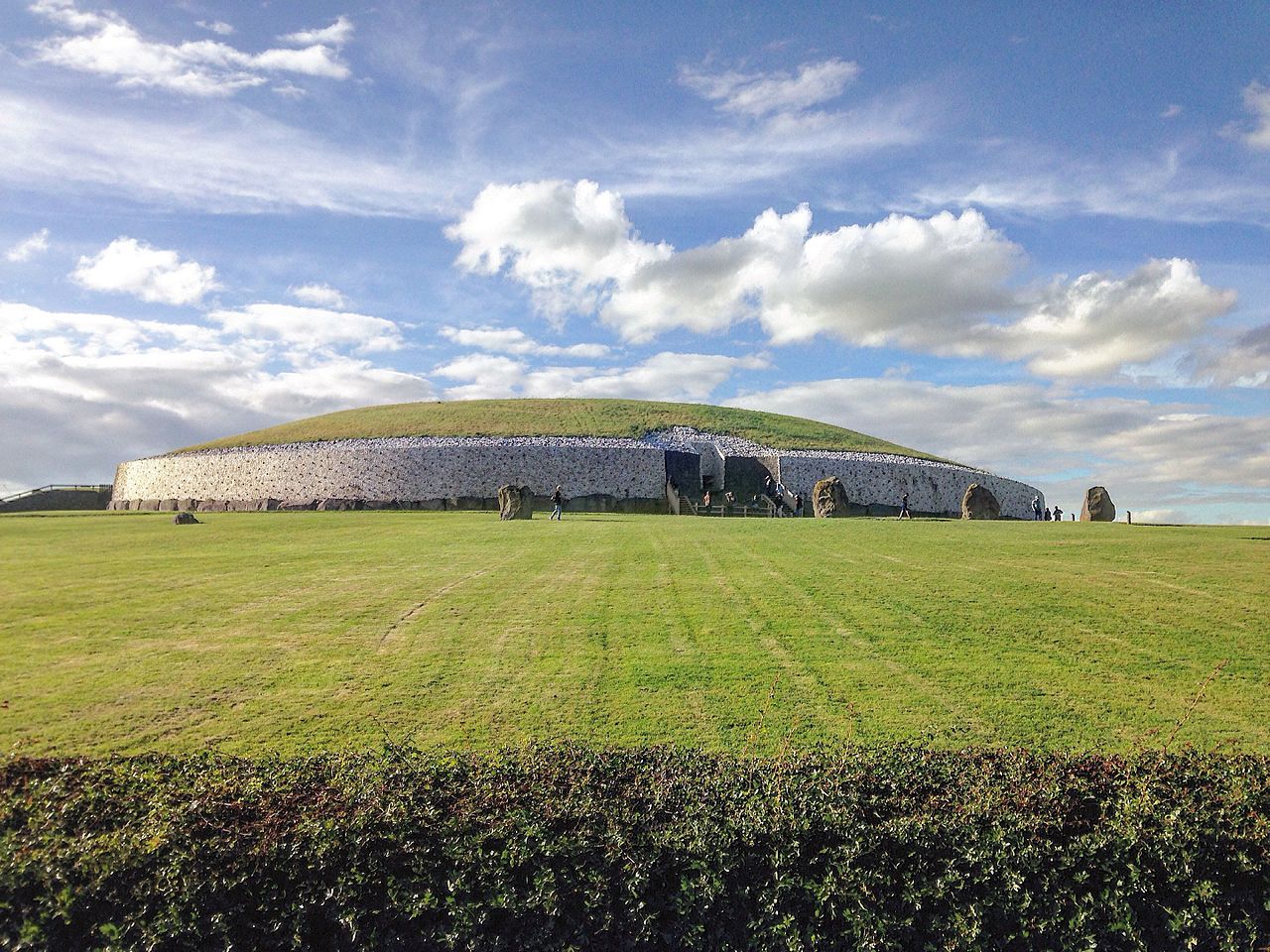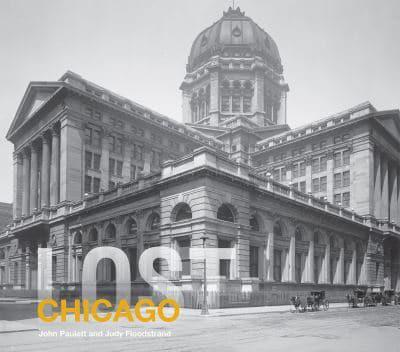As for the wood construction, it was also a time when a massive amount of logging was being done (thanks to modern industrial revolution tech).
These were all products of the industrial revolution, when the 'Western world', and in particular America, were rising stars seeking and achieving global domination and eager to show case their prowess.
Reading back over this thread and the related ones, what Joe wrote above is probably the key. It's not the disconnect between the ancient world and the 19th century. It's the disconnect between the 21st century and the 19th century. If you're to take the majority of the text in these posts, it doesn't relate to artifacts or suspicious texts. It's the awe and disbelief that that the late 19th century appears more spectacular and advanced than we can imagine from the 21st century perspective. Maybe that's not because there's a lost, ancient world hiding. Maybe it's because all that Victorian promise was turned into an entropic, ugly morass 150 years later.
I probably should have posted this info before my gloss on North American pre-history. But this may make a lot more sense, as it's my own backyard and I can vouch for the buildings and their history.
The city I live in (Winnipeg) is somewhat of a time capsule. It was lauded as the "Chicago of the North" in the 1880's and saw rapid industrial, commercial and population growth until WW I. After that, the growth kept going but at a much slower pace. There was also a lot of capital flight west which left our old downtown pretty much as it was. A somewhat Victorian time capsule in places. We are isolated - with Toronto 2700km's away, Calgary 1300km's away and Minneapolis 750km away.
I drive by this building every day going to work. This is the Peck Building. Built in 1893. My great Grandmother worked at a stationary company in this building for most of her adult life after moving from the family farm to the city in 1905. As you can see things change very slowly here.
Before I "found the mound" world, I was very interested in mid to late-19th century architecture. Chicago in this period of 1870-1914 is the most spectacular city in North America IMO. I was always fascinated by its architecture. It is on a grand scale that to me is even beyond New York City in its grandeur at that time.
But even Winnipeg, which is on a fractional footprint of "progress" compared to Chicago, has its weird, old buildings that are captivating. By the time I was in my 20's I started to pay attention to the old buildings downtown. To me they were
magical and so different from the rest of the modernist buildings. I always thought there was a mysterious story behind them. Why? Because of how they
looked. No other reason. I had relatives that worked in them - normal places, normal jobs. Just a very different architecture and economy that existed then.
Once I started researching the old buildings, I found that by far the most interesting ones, had already been torn down long ago. How could this happen? Winnipeg was a few wooden buildings on a muddy flood plain in the middle of nowhere in 1870. How was there time to build a Victorian city and have it almost completely disappear in less than a hundred years?
But it did happen.
The first mysterious building I found in the provincial archives that shocked me was this fantastic home known as "Pile of Bones Villa" built around 1882-83.
If you look closely on the entrance on the lower right side of the house, you can see someone sitting on the steps. She is dwarfed by the scale of the building. It's a massive structure.
I wanted to know how a house could be built like this at the time. A rail line that connected St Paul MN (500 miles away) had only opened five years before and there was still no rail connection with the rest of Canada. Obviously there was no electricity, no sewer and no natural gas. Pretty amazing structure for no modern amenities. The external
details were unimaginable to me (the quiones, the arches - especially that ominous tower/light well).
The old photo named the street, so I had to find out who lived there and when it was torn down. I looked through the old Henderson Directories at the public library and found its address and owner - William Harvey. Who was this guy to afford a house like that in 1883? Where did this wild architectural style come from? And it turns out the structure was torn down before 1910!
Harvey had owned the biggest livery in our fledgling city and sold the business as the land it was on was the prime location downtown for the new Grain Exchange. With his 6000.00 he built the Pile of Bones Villa.
So why does a guy who runs a stable - design a house a like this? Why so bombastic?
He hired the top architects in Winnipeg. Where were they educated? Murky story, but somewhere in western NY. It turns out that the architects (Barber & Barber) designed over 100 buildings in Winnipeg between 1880-1895 - seventy-five which were built in fifteen years. And they had a really wild style. Many photos of their buildings exist, but only two or three downtown still stand (One of them still has the stable building behind it - pretty cool to see something like that still standing from 1882 downtown).
This was our first University that they built - Manitoba College:
Try and go through 19th century architectural books and figure out what style that is. It's a bunch and none. Moorish, Italianate mixed with 2nd Empire French. In other words - big imagination and big budget for Barber & Barber.
Winnipeg needs to stand out. We're not a bunch of Bison hunters and farmers on a frozen mud plain in the middle of nowhere. Make a statement.
Manitoba College was torn down in 1960. My dad remembers driving by the demolition.
Barber & Barber's crowning achievement - Winnipeg City Hall:
Torn down in the late 60's and replaced with this:
Beauty, eh? Horrific building inside and out. How do you go from one to the other if you don't hate civilization?
This is just a sliver of what was lost in "Victorian World" in a relatively obscure, isolated Canadian city. Almost all of what's left has been stripped of its ornamentation, gutted and left to rot until it can be pulled down and re-developed. There are a few exceptions.
I would add that I was pretty militant in challenging local politicians about their plans to remove what was left of this era when it came up for debate 10 or 15 years ago. They did make a few good points:
These buildings were never built to accommodate electricity and re-wiring them safely is almost impossible.
The building materials were all organic - plaster, wood, cellulose etc. They rot. Especially in our climate of extreme cold and low
humidity in the winter (as well as frost and ice) and high heat and high humidity in the summer.
The Red River valley is made up of 200ft of poorly drained clay that makes all foundations unstable. All our houses are crooked.
Regardless of the structural realities of these buildings having to be pulled down, the main question is why did everything get so much more ugly and unimaginative? I think it's a long process of cheapening materials, undervaluing craftsman and most of all pushing some dead-minded pseudo-technocratic agenda. The beginning required brilliance and competition - that was degraded down to formulaic modernism and utilitarianism by the 1940's.
If anyone's interested, this book is my favourite on lost Chicago architecture (there are none on Winnipeg in case you were wondering):
Lost Chicago looks at the cherished places in the city that time, progress and fashion have swept aside.

blackwells.co.uk
Interior of a Chicago building known as the Rookery in 1888:
Chicago's Cabrini Green in the 2000's - built in the 1960's (looks like Winnipeg City Hall).
Seems like there's a plan to this - and not one that improves human living experience.
View attachment Cabrini Green.webp

